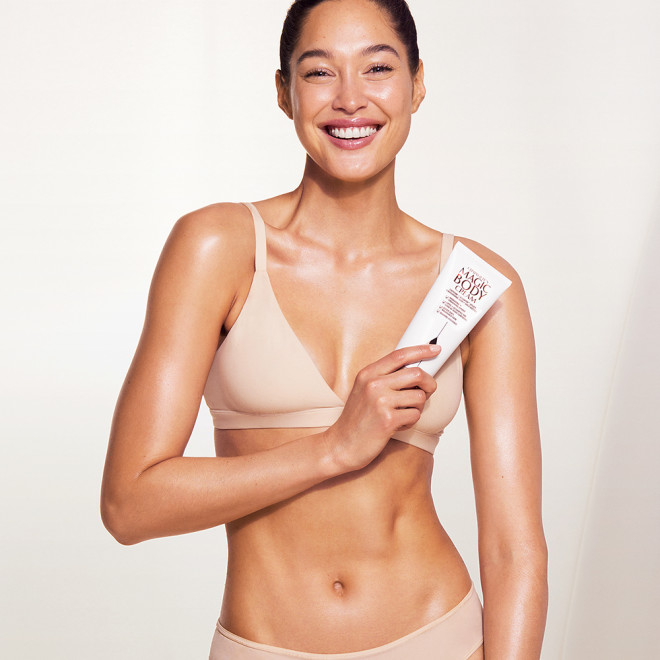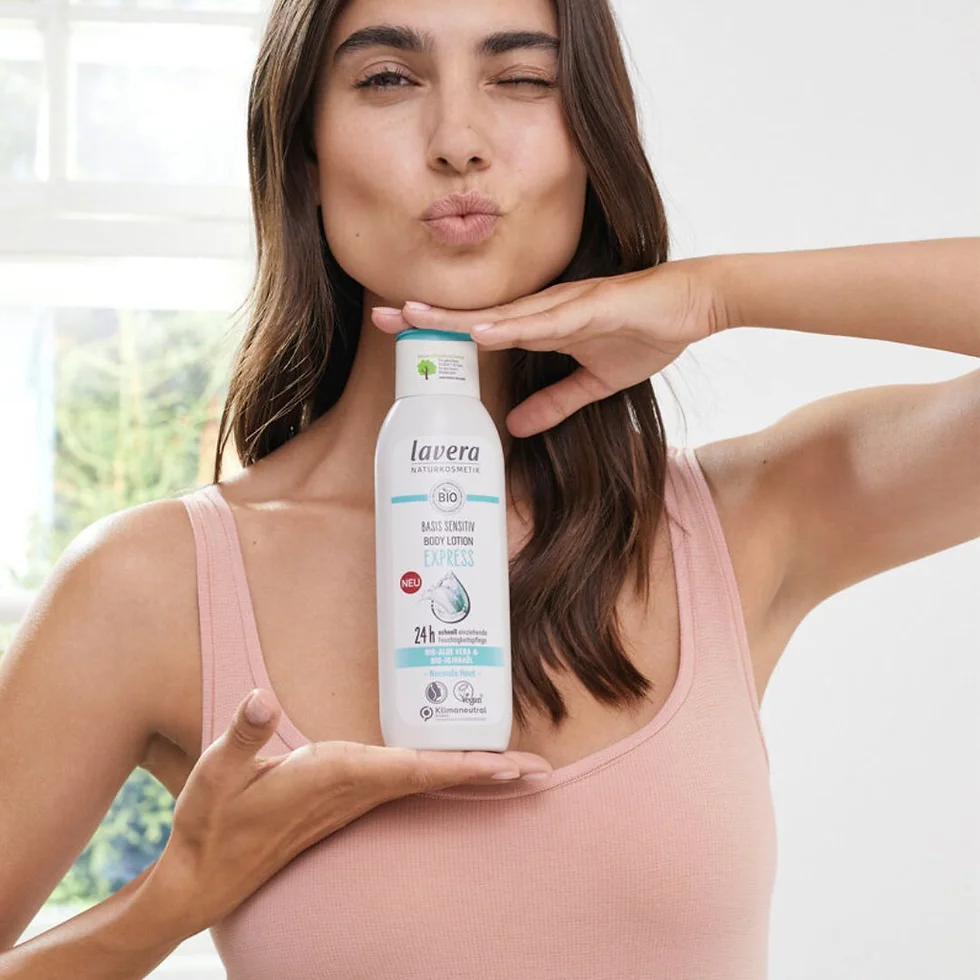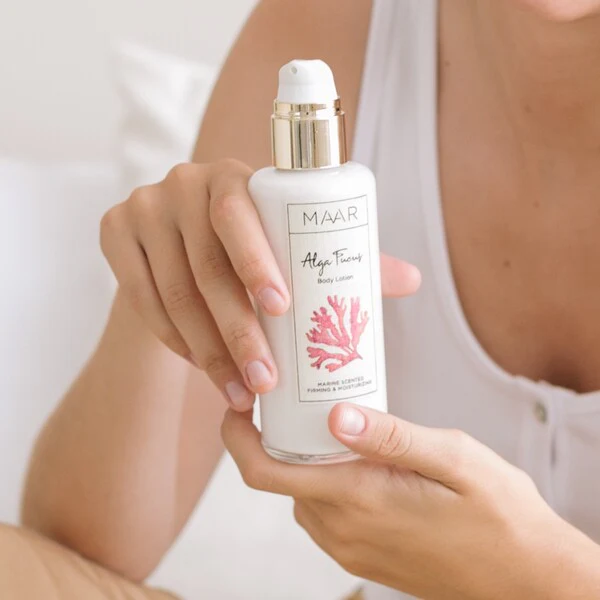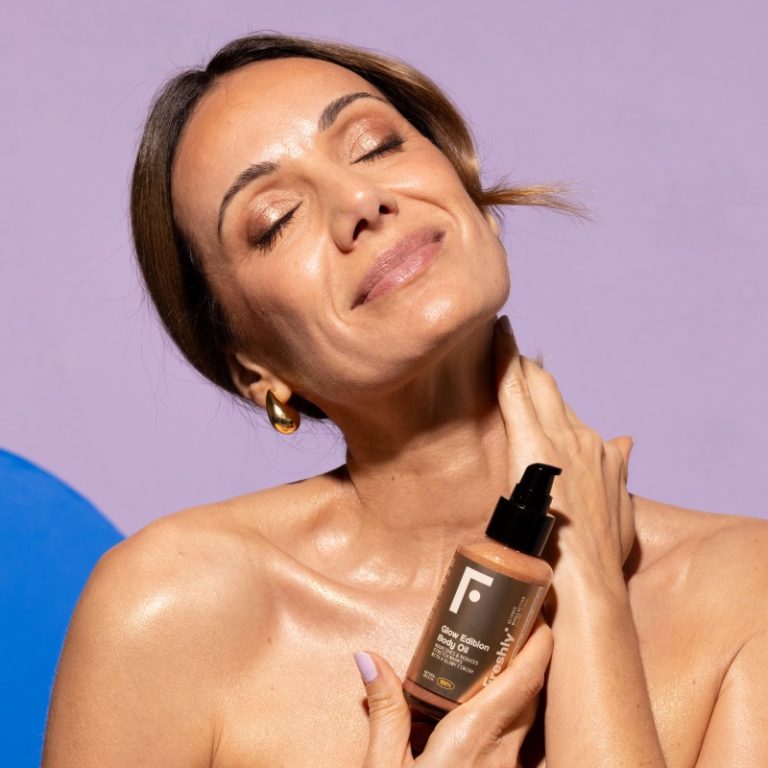
Body Oil or Lotion First: The Ultimate Skincare Showdown
Understanding the Basics: Body Oil and Lotion Defined
Body oils and lotions serve essential roles in skincare routines. Each product offers unique benefits for skin health and hydration. Body oils typically consist of pure oils or oil blends. These formulations provide intense moisture and nourishment. Lotions combine water, oils, and emulsifiers. This creates a lighter, easily absorbed product. Body oils often contain natural, plant-based ingredients. Popular options include jojoba, argan, and coconut oils.Discover the correct order for application: should you use body oil or lotion first? Find out for optimal skincare.
Lotions may incorporate various active ingredients. These can include vitamins, antioxidants, and skin-soothing compounds. Body oils create a protective barrier on the skin. This helps lock in moisture and prevent water loss. Lotions offer hydration and can address specific skin concerns. They often contain humectants to attract water to the skin. Body oils generally have a richer, more luxurious texture. This can make application a sensory experience.
Lotions tend to absorb quickly without leaving a greasy residue. This makes them suitable for daily use in various climates. Body oils often provide aromatherapy benefits. Natural scents from essential oils can enhance mood and relaxation. Lotions come in a wide range of fragrances and unscented options. This versatility suits different preferences and skin sensitivities.
The Case for Applying Body Oil First
Applying body oil before lotion offers several potential benefits. Oils penetrate deeply into the skin’s layers. This provides intense nourishment from within. Oils create a protective barrier on the skin’s surface. This barrier helps prevent moisture loss throughout the day. Applying oil first allows for better absorption. Warm, damp skin readily drinks in the nourishing properties of oils.
Many body oils contain potent antioxidants. These compounds help protect skin from environmental stressors. Oils can help balance the skin’s natural sebum production. This proves beneficial for both dry and oily skin types. Some oils possess anti-inflammatory properties. These can soothe irritated or sensitive skin conditions. Applying oil first creates a smooth canvas for lotion application.
This can enhance the overall effectiveness of both products. Oils often provide a natural, subtle glow to the skin. This radiance shines through even after lotion application. Certain oils offer additional skincare benefits. For example, rosehip oil contains vitamin C for brightening. Applying oil first allows these active ingredients to penetrate effectively. Body oils can help improve skin elasticity over time. Regular use may result in firmer, more supple skin.
The Argument for Lotion as the First Step
Starting with lotion presents its own set of advantages. Lotions contain water, which immediately hydrates the skin. This instant moisture boost benefits all skin types. The lighter texture of lotions absorbs quickly into the skin. This allows for faster dressing time after application. Lotions often contain humectants like glycerin or hyaluronic acid. These ingredients draw water into the skin for added hydration. Applying lotion first creates a base layer of moisture.
This can help the skin better absorb subsequent products. Many lotions contain active ingredients for specific skin concerns. Applying these directly to clean skin maximizes their efficacy. The emulsifiers in lotions help distribute product evenly. This ensures uniform coverage and benefits across the body. Lotion application tends to feel less greasy than oil. This makes it a preferred choice for daytime use. Starting with lotion works well in humid climates.
It provides necessary hydration without excess oiliness. Lotions often offer sun protection when applied first. This creates a protective base layer against UV rays. The variety of lotion formulations suits different skin needs. Options range from lightweight to rich and creamy textures. Applying lotion first allows for better layering of skincare products.
It creates a smooth base for makeup application if desired. Lotions can provide immediate relief for itchy or irritated skin. Their soothing properties take effect quickly upon application. Starting with lotion helps maintain the skin’s natural moisture barrier. This supports overall skin health and function. Lotion application can be quicker and less messy than oil. This suits busy lifestyles and streamlined routines.
Factors Influencing the Choice: Skin Type and Climate
Skin type plays a crucial role in determining product application order. Dry skin often benefits from applying oil before lotion. This combination provides intense, lasting hydration. Oily skin may prefer lotion first to avoid excess shine. A lightweight, oil-free lotion can balance moisture without clogging pores. Combination skin requires a tailored approach to different areas. Oil might work better on dry patches, lotion on oilier zones.
Sensitive skin often responds well to simple, fragrance-free products. Patch testing helps determine the best application order for reactive skin. Mature skin may benefit from the nourishing properties of oils. Applying oil first can improve elasticity and reduce fine lines. Acne-prone skin requires careful product selection. Non-comedogenic oils or oil-free lotions prevent breakouts. Climate significantly impacts skincare routines and product efficacy.
Hot, humid environments may favor lotion-first applications. This prevents the heavy feeling often associated with oils in humidity. Cold, dry climates often necessitate oil-based moisture barriers. Applying oil first protects skin from harsh weather conditions. Seasonal changes may require adjusting application order. Summer might call for lighter lotions, while winter demands richer oils. Indoor environments with air conditioning or heating affect skin hydration.
These conditions might require more frequent moisturizing throughout the day. High altitudes can be particularly drying for skin. A combination of oil and lotion provides necessary protection. Coastal areas with salty air may benefit from protective oil barriers. This helps prevent moisture loss and salt-induced dryness. Urban dwellers might prioritize antioxidant-rich products. Pollution protection becomes crucial in city environments. Considering these factors helps optimize skincare routines. Adapting to skin type and climate ensures maximum product benefits.
The Synergy of Combining Oil and Lotion
Using both oil and lotion creates a powerful skincare combination. This approach addresses multiple skin needs simultaneously. Oils provide deep nourishment and create protective barriers. Lotions offer immediate hydration and additional skincare benefits. The combination can be customized for individual skin concerns. Mixing and matching products allows for a personalized routine. Layering oil and lotion can enhance the efficacy of both products.
The oil helps seal in the lotion’s hydrating properties. Conversely, lotion can help distribute oil more evenly. This prevents the greasy feeling sometimes associated with pure oils. The combination approach works well for most skin types. It provides balanced moisture without over-drying or clogging pores. Using both products extends the overall hydrating effects. This ensures long-lasting moisture throughout the day or night.
The oil-lotion combination can address multiple skin concerns. For example, an anti-aging lotion paired with a nourishing oil. This approach allows for targeted treatment of specific issues. The layering technique can be adjusted seasonally. Heavier combinations suit winter, lighter ones for summer. Mixing oil into lotion creates a custom blend. This method works well for those who dislike applying pure oils. The combination enhances the sensory experience of skincare routines.
Luxurious textures and fragrances make application more enjoyable. Using both products can simplify travel skincare routines. Multi-purpose oils and lotions reduce the need for numerous products. The synergistic effects often result in healthier-looking skin. Improved texture, tone, and radiance become noticeable with consistent use. Experimenting with different combinations yields optimal results. This process helps identify the perfect balance for individual needs.

Application Techniques for Maximum Benefits
Proper application techniques maximize skincare product benefits. Start with clean, slightly damp skin for best absorption. This allows products to penetrate more effectively. When applying oil, use gentle, upward strokes. This technique improves circulation and promotes lymphatic drainage. Warm oils between palms before application. This step enhances absorption and creates a soothing sensation. Focus oil application on areas prone to dryness.
Elbows, knees, and heels often require extra attention. Allow oil to absorb for a few minutes before applying lotion. This prevents dilution of the oil’s beneficial properties. Apply lotion in circular motions for even distribution. This technique ensures thorough coverage and promotes absorption. Pay special attention to often-neglected areas. The neck, chest, and backs of hands benefit from regular moisturizing. Use light pressure when applying products.
Aggressive rubbing can irritate skin and break down elastin. Consider using tools like dry brushes before product application. This exfoliates skin and boosts circulation for better absorption. Experiment with layering techniques for different body areas. Oilier zones may need less product than chronically dry areas. Customize application based on individual skin needs. Adjust the amount of product used as needed. Reapply products to extremely dry areas throughout the day.
This maintains optimal hydration levels for problem spots. Incorporate gentle massage techniques during application. This not only feels good but also boosts product efficacy. Don’t forget often-overlooked areas like feet and ankles. These areas benefit greatly from regular moisturizing. Consider overnight treatments for intense hydration. Apply a richer combination of oil and lotion before bed. Use upward strokes when applying products to the neck. This technique helps combat signs of aging in this delicate area.

Debunking Myths and Addressing Common Concerns
Many misconceptions surround the use of body oils and lotions. One common myth suggests oils always clog pores. In reality, many oils are non-comedogenic and suit various skin types. Another myth claims lotions provide sufficient moisture alone. While beneficial, lotions often work best in combination with other products. Some believe natural oils lack effectiveness compared to commercial products. Many natural oils offer potent skincare benefits backed by research.
A prevalent myth suggests oily skin should avoid additional oils. In fact, certain oils can help balance natural sebum production. Many worry about oil staining clothes after application. Allowing proper absorption time prevents most staining issues. Some believe layering products reduces their individual efficacy. When done correctly, layering can enhance overall skincare benefits. A common concern involves the potential for product waste.
Proper application techniques ensure efficient use of both oils and lotions. Many fear applying oil will leave skin feeling greasy. Choosing the right oil and amount can result in a non-greasy finish. Some worry about potential allergic reactions to natural products. Patch testing helps identify any sensitivities before full application. A myth persists that expensive products always yield better results. Many affordable oils and lotions offer excellent skincare benefits.
Some believe switching products frequently benefits the skin. Consistency often yields better results than constant product changes. Many worry about the time commitment of elaborate skincare routines. Efficient techniques can streamline even multi-step processes. Some fear layering products will lead to over-moisturizing. Most skin types benefit from proper hydration without adverse effects. A common myth suggests all oils and lotions suit all skin types. In reality, product selection should be tailored to individual needs. Addressing these myths and concerns promotes informed skincare choices. Understanding product functions and proper use optimizes skincare routines.



